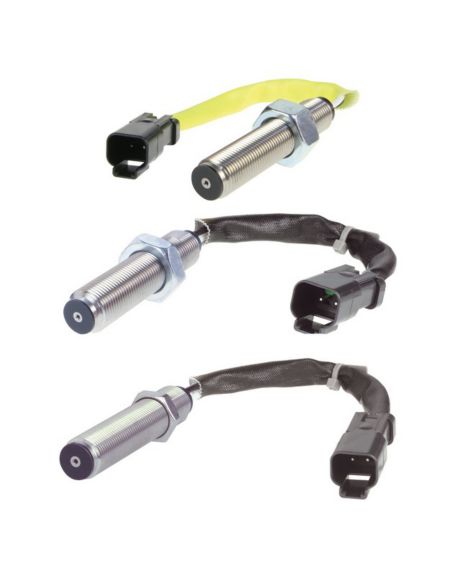Transportation VRS Thrumold Series
-
Global
-
Africa
-
Asia Pacific
-
Europe
-
Latin America
-
Middle East
-
North America
- |
- Partners
- |
- Blog
- |
- Contact Us
- |
-
Services
Services
-
Productivity
Productivity -
Safety
Safety -
Warehouse Automation
Warehouse Automation
-
-
Industries
Industries
-
Healthcare and Life Sciences
Healthcare and Life Sciences -
Transportation and Logistics
Transportation and Logistics -
Manufacturing
Manufacturing -
Distribution Centers
-
Retail
Retail -
E-Commerce
-
Infrastructure
Infrastructure -
Government
Government -
Aerospace and Defense
-
Electrification
-
-
Support
Support
-
Productivity
Productivity -
Safety
Safety -
Sensing Solutions
Sensing Solutions-
Training
-
Sales Contact Form
-
Technical Support
-
Certificates
-
eCOM Portal
-
Distributor Inventory
-
Blog
-
Return Material Authorization (Test & Measurement)
-
Return Material Authorization (Citytech)
-
Return Material Authorization (EnviteC)
-
Legal Documents
-
Return Material Authorization (ILC)
-
Intelligent Life Care
-
-
Warehouse Automation
Warehouse Automation -
Global Tracking
Global Tracking
-
-
Where to Buy
Where to Buy
You are browsing the product catalog for
- Products
- Sensing Solutions
- Aero & Transportation Sensing
- Aero & Transportation Sensors
- Speed Sensors
- Transportation VRS Thrumold Series


Transportation VRS Thrumold Series
Provide engine timing and transmission speed by determining speed & position of rotating shafts in heavy-duty, off-road, and construction vehicles.
The Thrumold Series VRS (Variable Reluctance Speed) sensors are designed to detect engine timing and transmission speedby determining the speed and position of rotating shafts in heavy-duty, off-road, and construction vehicles, providing information to help improve engine combustion process efficiency. These passive VRS sensors are simple, rugged devices that do not require an external voltage source for operation. A permanent magnet in the sensor establishes a fixed magnetic field. The approach and passing of a ferrous metal target near the sensor’s pole piece (sensing area) changes the flux of the magnetic field, dynamically changing its strength. This change in magnetic field strength induces a current into a coil winding which is attached to the output terminals. The output signal of a VRS sensor is an ac voltage that varies in amplitude and frequency as the speed of the monitored device changes, and is usually expressed in peak to peak voltage (Vp-p). One complete cycle occurs as each tooth passes the sensor’s pole piece. If a standard gear were used as a target, this output signal would resemble a sine wave if viewed on an oscilloscope.
Let's Connect!
Sign up to receive exclusive communications from Honeywell including product updates, technical information, new offerings, events and news, surveys, special offers, and related topics via telephone, email, and other forms of electronic communication.
Copyright © 2024 Honeywell International Inc
Maximum File Size
Maximum Files Exceeded
Due to inactivity you will be logged out in 000 seconds.











